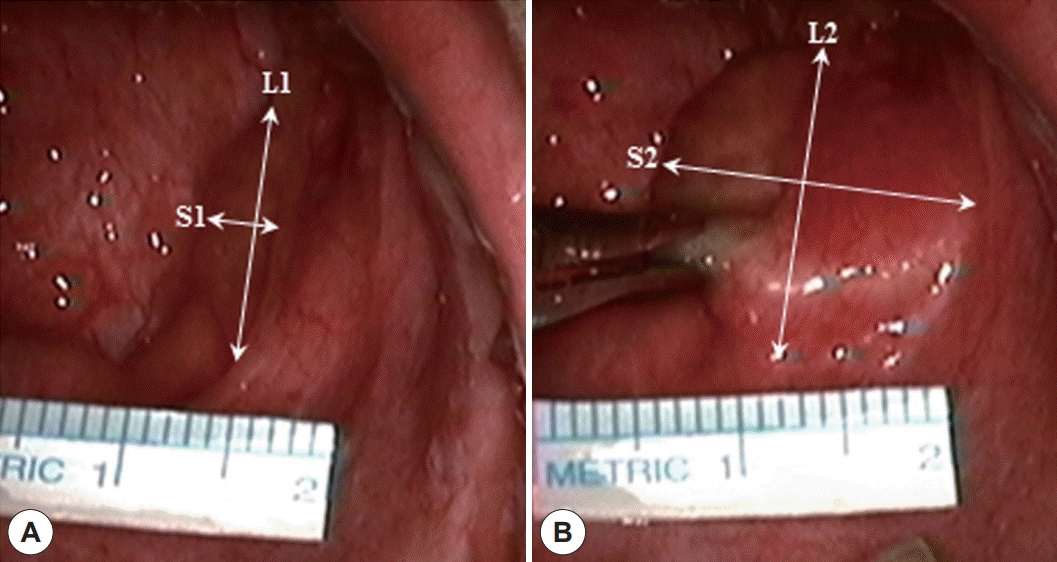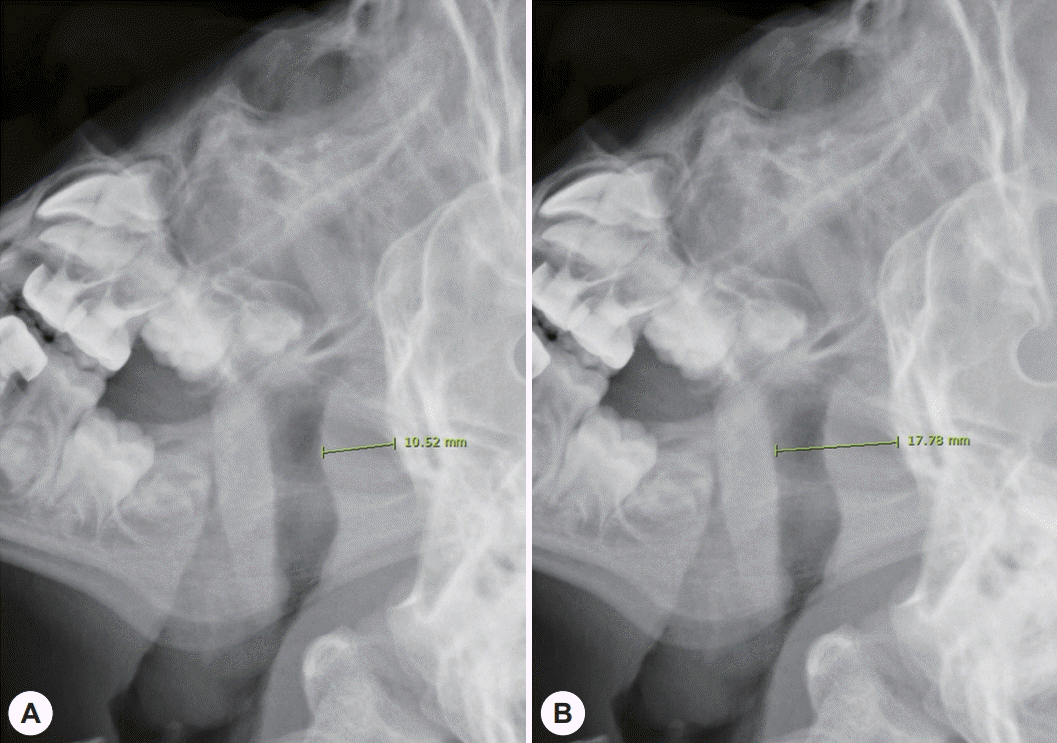1. Mitchell RB. Adenotonsillectomy for obstructive sleep apnea in children: outcome evaluated by pre- and postoperative polysomnography. Laryngoscope. 2007; 117(10):1844–54.
2. Bellussi LM, Marchisio P, Materia E, Passali FM. Clinical guideline on adenotonsillectomy: the Italian experience. Adv Otorhinolaryngol. 2011; 72:142–5.
3. Deutsch ES. Tonsillectomy and adenoidectomy. Changing indications. Pediatr Clin North Am. 1996; 43(6):1319–38.
4. Friedman M, Tanyeri H, La Rosa M, Lansberg R, Vaidyanathan K, Pieri S, et al. Clinical predictors of obstructive sleep apnea. Laryngoscope. 1999; 109(12):1901–7.
5. Dayyat E, Kheirandish-Gozal L, Sans Capdevila O, Maarafeya MM, Gonzal D. Obstructive sleep apnea in children: relative contributions of body mass index and adenotonsillar hypertrophy. Chest. 2009; 136(1):137–44.
6. Brietzke SE, Gallagher D. The effectiveness of tonsillectomy and adenoidectomy in the treatment of pediatric obstructive sleep apnea/hypopnea syndrome: a meta-analysis. Otolaryngol Head Neck Surg. 2006; 134(6):979–84.
7. Marcus CL, Brooks LJ, Ward SD, Draper KA, Gonzal D, Halbower AC, et al. Diagnosis and management of childhood obstructive sleep apnea syndrome. Pediatrics. 2012; 130(3):e714–55.
8. Mitchell RB, Garetz S, Moore RH, Rosen CL, Marcus CL, Katz ES, et al. The use of clinical parameters to predict obstructive sleep apnea syndrome severity in children: the Childhood Adenotonsillectomy (CHAT) study randomized clinical trial. JAMA Otolaryngol Head Neck Surg. 2015; 141(2):130–6.
9. Nolan J, Brietzke SE. Systematic review of pediatric tonsil size and polysomnogram-measured obstructive sleep apnea severity. Otolaryngol Head Neck Surg. 2011; 144(6):844–50.
10. Brodsky L. Modern assessment of tonsils and adenoids. Pediatr Clin North Am. 1989; 36(6):1551–69.
11. Kumar DS, Valenzuela D, Kozak FK, Ludemann JP, Moxam JP, Lea J, et al. The reliability of clinical tonsil size grading in children. JAMA Otolaryngol Head Neck Surg. 2014; 140(11):1034–7.
12. Wang JH, Chung YS, Jang YJ, Lee BJ. Palatine tonsil size and its correlation with subjective tonsil size in patients with sleep-disordered breathing. Otolaryngol Head Neck Surg. 2009; 141(6):716–21.
13. Yasan H, Aynali G, Erdogan O, Yariktas M. Does subjective tonsillar grading reflect the real volume of palatine tonsils? Int J Pediatr Otorhinolaryngol. 2011; 75(5):618–9.
14. Baugh RF, Archer SM, Mitchell RB, Rosenfeld RM, Amin R, Burns JJ, et al. Clinical practice guideline: tonsillectomy in children. Otolaryngol Head Neck Surg. 2011; 144(1 Suppl):S1–30.
15. Koltai PJ, Solares CA, Mascha EJ, Meng Xu MS. Intracapsular partial tonsillectomy for tonsillar hypertrophy in children. Laryngoscope. 2002; 112(8 Pt 2 Suppl 100):17–9.
16. Tunkel DE, Hotchkiss KS, Carson KA, Sterni LM. Efficacy of powered intracapsular tonsillectomy and adenoidectomy. Laryngoscope. 2008; 118(7):1295–302.
17. Bernstein JM, Reddy MS, Scannapieco FA, Faden HS, Ballow M. The microbial ecology and immunology of the adenoid: implications for otitis media. Ann N Y Acad Sci. 1997; 830:19–31.
18. Lindroos R. Bacteriology of the tonsil core in recurrent tonsillitis and tonsillar hyperplasia--a short review. Acta Otolaryngol Suppl. 2000; 543:206–8.
19. Nistico L, Kreft R, Gieseke A, Coticchia JM, Burrows A, Khampang P, et al. Adenoid reservoir for pathogenic biofilm bacteria. J Clin Microbiol. 2011; 49(4):1411–20.
20. Sorin A, Bent JP, April MM, Ward RF. Complications of microdebrider-assisted powered intracapsular tonsillectomy and adenoidectomy. Laryngoscope. 2004; 114(2):297–300.






 PDF
PDF Citation
Citation Print
Print


 XML Download
XML Download